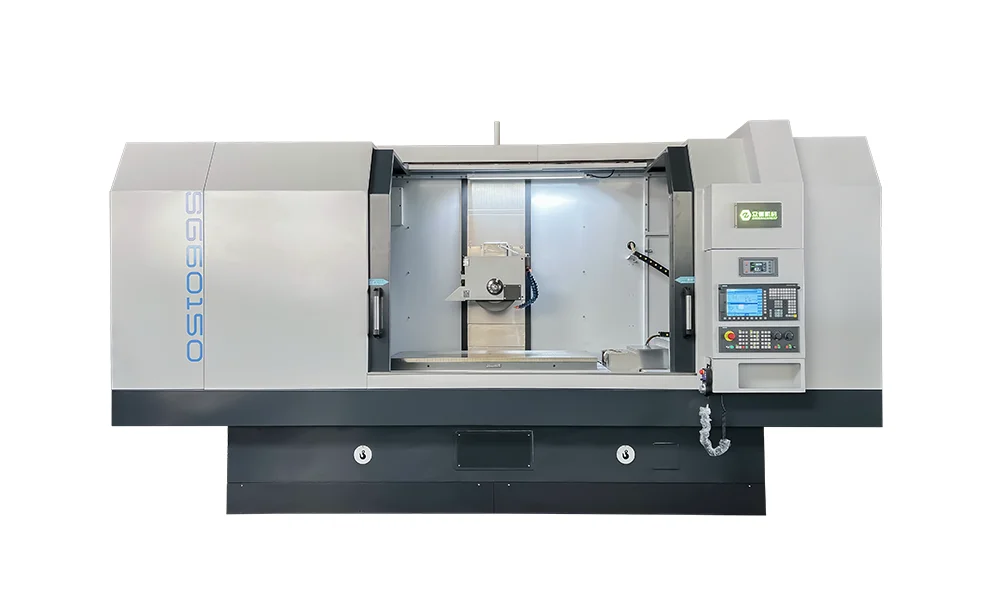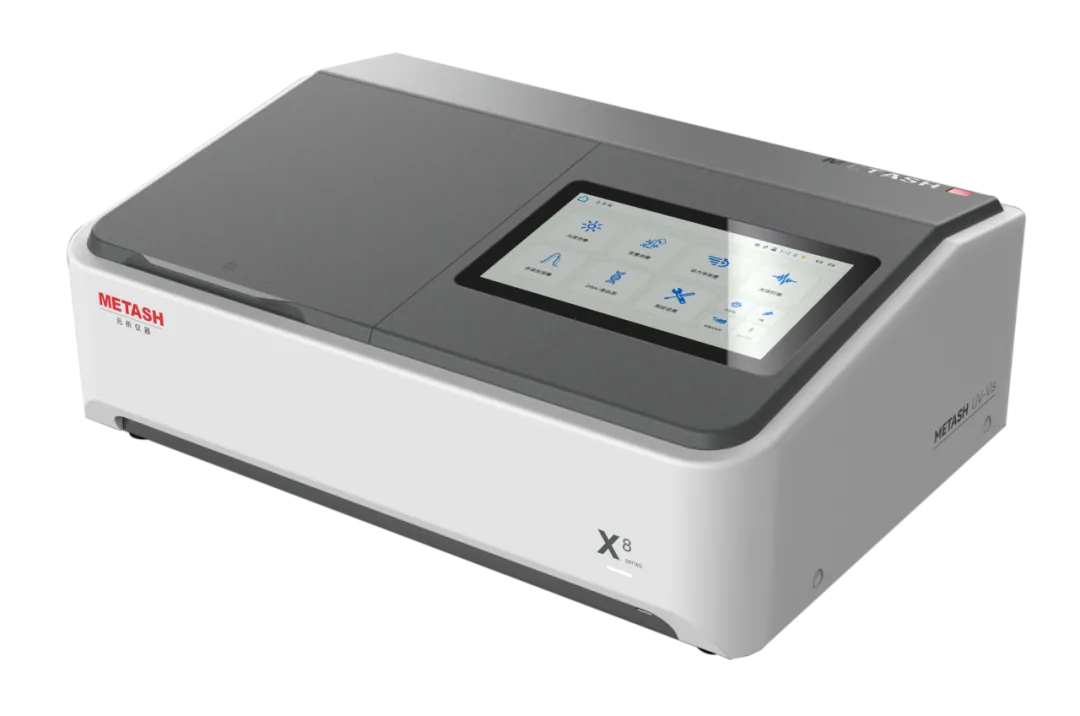Heat transfer is a fundamental concept in physics and engineering, playing a crucial role in various applications ranging from industrial processes to everyday appliances. Understanding the most efficient methods of heat transfer is essential for optimizing energy use, enhancing system performance, and reducing environmental impact. In this article, we will explore the three primary modes of heat transfer—conduction, convection, and radiation—and delve into the most efficient practices and technologies associated with each method.
Understanding the Modes of Heat Transfer
- Conduction: This mode involves the transfer of heat through a solid material without any movement of the material itself. The efficiency of conduction is influenced by the material's thermal conductivity, thickness, and surface area. Metals, for instance, are excellent conductors due to their high thermal conductivity, while insulators like rubber and glass have low thermal conductivity. Efficient Conduction Practices:
- Material Selection: Choosing materials with high thermal conductivity for heat exchangers can significantly enhance efficiency. For example, copper and aluminum are often preferred in applications requiring rapid heat transfer.
- Minimizing Thickness: Reducing the thickness of conductive barriers can improve heat transfer rates. However, this must be balanced with structural integrity and safety considerations.
- Surface Area Optimization: Increasing the surface area through fins or other geometrical modifications can enhance heat transfer rates in conduction applications.
- Convection: This mode involves the transfer of heat through fluids (liquids or gases) due to the motion of the fluid itself. Convection can be natural (driven by buoyancy forces) or forced (driven by external means like fans or pumps). Efficient Convection Practices:
- Enhancing Fluid Flow: In forced convection systems, optimizing the flow rate can significantly improve heat transfer efficiency. Utilizing pumps or fans to maintain an optimal flow regime is crucial.
- Using Turbulent Flow: Turbulent flow enhances heat transfer compared to laminar flow due to increased mixing and contact between the fluid and the surface. Designing systems to promote turbulence can lead to more efficient heat transfer.
- Heat Exchanger Design: Employing counterflow or crossflow configurations in heat exchangers can maximize the temperature gradient and improve overall heat transfer efficiency.
- Radiation: Unlike conduction and convection, radiation involves the transfer of heat through electromagnetic waves and does not require a medium. All bodies emit thermal radiation, and the efficiency of this process is influenced by the surface properties of the materials involved. Efficient Radiation Practices:
- Surface Emissivity: Materials with high emissivity (ability to emit thermal radiation) are more efficient at radiating heat. For instance, black surfaces are more effective than shiny ones. Selecting materials with optimal emissivity can enhance radiative heat transfer.
- Geometric Configuration: The arrangement of surfaces can significantly impact radiative heat transfer. For example, using reflectors can direct radiative heat towards desired areas, improving efficiency.
- Vacuum Insulation: In applications where radiative heat loss is a concern, such as in thermos bottles, vacuum insulation can minimize heat transfer by radiation, maintaining the temperature of the contents.
Integrating Heat Transfer Methods for Maximum Efficiency
In many applications, a combination of these heat transfer methods is employed to achieve optimal efficiency. For instance, in HVAC systems, conduction through ductwork, convection in air movement, and radiation from heating elements all play a role in maintaining comfortable indoor temperatures.
Best Practices for Integrated Systems:
- Thermal Management Systems: Implementing advanced thermal management systems that monitor and control heat transfer processes can lead to significant energy savings and improved performance.
- Insulation: Proper insulation minimizes unwanted heat loss through conduction and radiation, ensuring that systems operate efficiently.
- Regular Maintenance: Ensuring that systems are well-maintained can prevent inefficiencies caused by fouling, leaks, or wear and tear.
Conclusion
Understanding the most efficient transfer of heat is essential for engineers, designers, and anyone involved in thermal management. By leveraging the principles of conduction, convection, and radiation, and integrating best practices, we can optimize energy use, enhance system performance, and contribute to a more sustainable future. As technology continues to evolve, ongoing research and innovation in heat transfer methods will undoubtedly lead to even more efficient solutions, paving the way for advancements across various industries.

